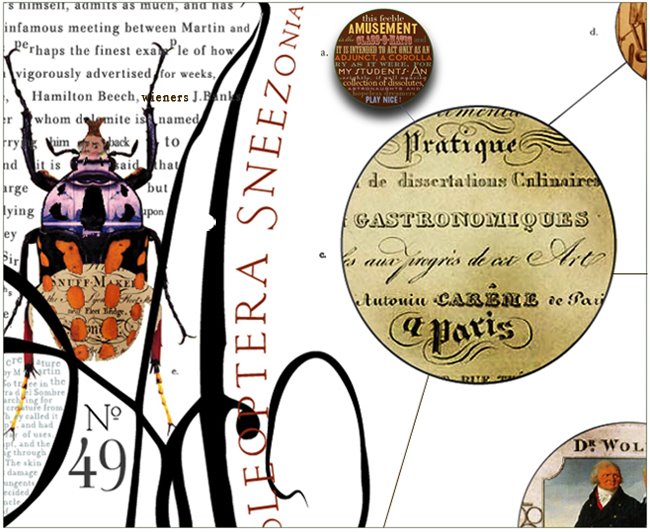" Ergonomics (or human factors) is the scientific discipline concerned with the understanding of interactions among humans and other elements of a system, and the profession that applies theory, principles, data, and methods to design in order to optimize human well-being and overall system perform"
click to enlarge
Since its inception in the early 1970's, Nike has been at the avant garde of the art and business of ergonomics. In 1972, when it first introduced the waffle soled running shoe, it re-defined sports wear, brand indentification and product marketing for both the athlete and fashionista forever.
 Now a huge multi-national corporate beast, Nike originally began focused on the critical, and symbionic relationship - between man and its non-biological support systems (in this case shoes etc.). Nike has done for sports wear, what Apple has done for computers - innovatively expressed, rapaciously marketed and in the process, enthusiastically re-invented form and function.
Now a huge multi-national corporate beast, Nike originally began focused on the critical, and symbionic relationship - between man and its non-biological support systems (in this case shoes etc.). Nike has done for sports wear, what Apple has done for computers - innovatively expressed, rapaciously marketed and in the process, enthusiastically re-invented form and function. The crucial relationship of tools to the living forms which use them - lays at the basis of ergonomics. Jonathon Ive's celebrated designs for the iMac and iPod are some of the most creative, yet functional industrial designs in recent years.
The crucial relationship of tools to the living forms which use them - lays at the basis of ergonomics. Jonathon Ive's celebrated designs for the iMac and iPod are some of the most creative, yet functional industrial designs in recent years.His latest work for Apple, includes this recent iPod system. In which, a small plastic monitoring device, about half then size of an egg - nestles seamlessly, unfelt (zero footprint) into the sole of a running shoe. The inserted device transmits wirelessly - heart rate, distance & time data to your iPod.... oh ... and music as well. Can you say cybernetics ?


don't forget your essay ! yes, that one, ... " design as an agent of Social Change" ..



















































